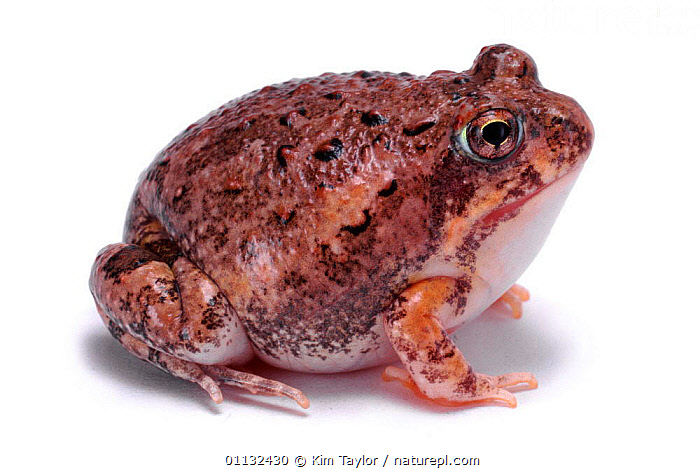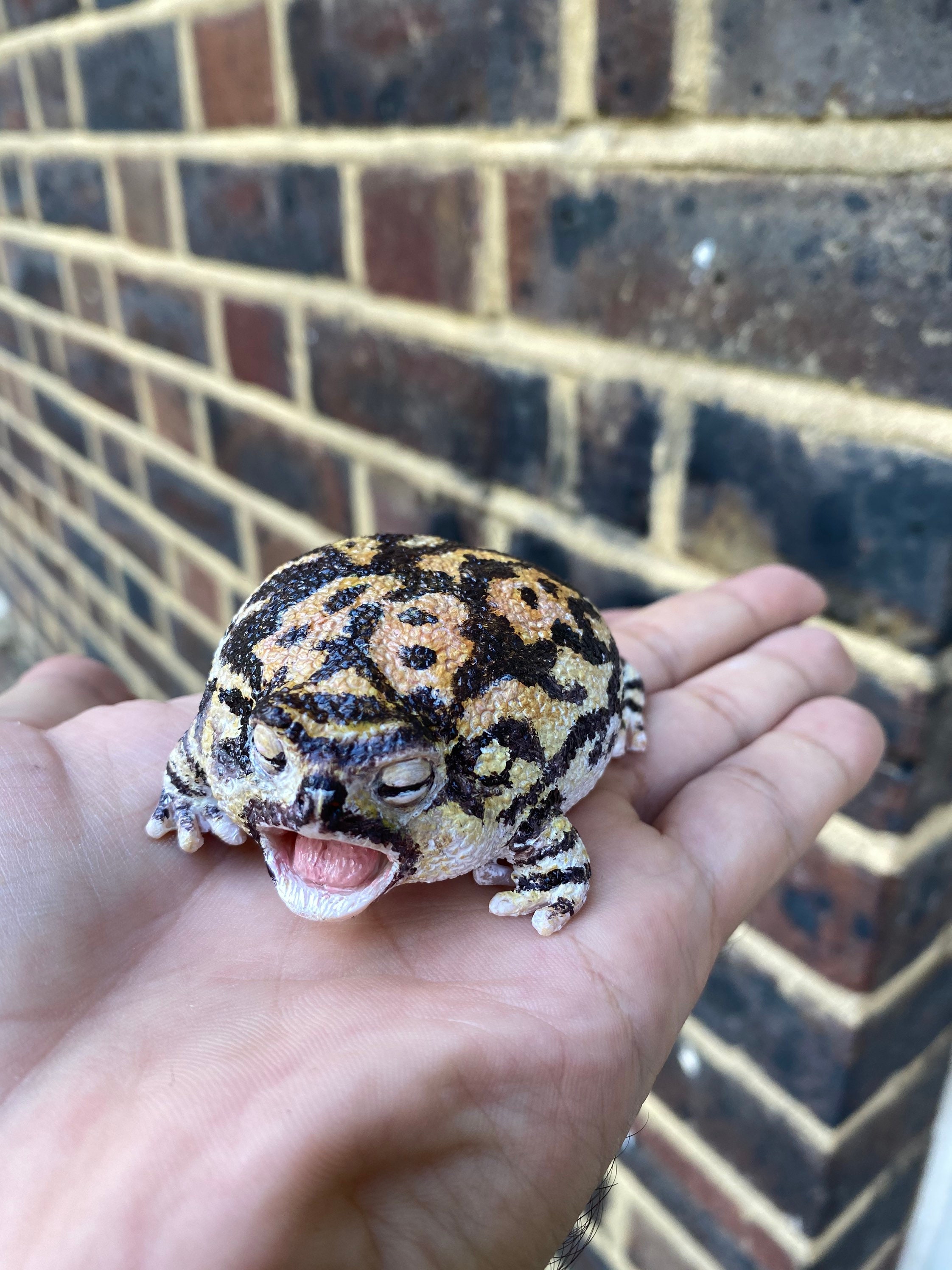Seeking Rain Frog for Sale? Discover Your Ideal Amphibian Companion Here!
Wiki Article
The Very Best Reptile Enclosures: How to Create the Ideal Habitat
Creating the excellent environment for reptiles is not simply concerning positioning them in a container or unit; it entails a thoughtful factor to consider of numerous variables that add to their total health. From the dimension of the unit to the kind of substrate utilized, every element plays an important function in offering an atmosphere where your reptile can flourish. By understanding the specific demands of your reptile varieties and applying the right habitat configuration, you can ensure their wellness and happiness in captivity.Picking the Right Room Size
When choosing a room size for reptiles, it is necessary to consider their all-natural behaviors and space needs to ensure their well-being and health. When it comes to environment space, various reptile types have varying demands. Arboreal types like chameleons or tree snakes call for vertical room for setting down and climbing, while earthbound varieties such as bearded dragons or leopard geckos require more flooring room for discovering and thermoregulation. Marine turtles like red-eared sliders require enclosures with both water and land locations for swimming and basking.A basic regulation of thumb is to provide sufficient space for the reptile to display all-natural actions, such as basking, concealing, climbing up, and foraging. By meticulously considering the specific needs of the reptile types in concern, owners can produce an appropriate and enhancing habitat that promotes overall well-being and encourages natural behaviors.
Establishing Proper Home Heating Aspects
To ensure the health and health and wellness of reptiles in their enclosures, it is crucial to meticulously set up proper home heating elements. When establishing up heating elements in a reptile room, it is important to consider the certain temperature needs of the types you are caring for.One effective and typical burner for reptile enclosures is a warm lamp or ceramic warm emitter. These heat sources can be used to produce a temperature level gradient within the unit, allowing reptiles to relocate between warmer and cooler areas as required. Additionally, under-tank home heating pads or heat floor coverings can be made use of to offer stubborn belly warm, which is specifically useful for reptiles that call for extra warmth to help in food digestion.
Keeping an eye on the temperature level within the enclosure utilizing a thermostat is important to make sure that the burner are keeping the appropriate temperature variety for your reptile. Regularly check and change the heating aspects as required to develop a comfy and healthy and balanced environment for your scaly pal.
Choosing Appropriate Illumination Components

Supplying the Perfect Substratum
Selecting the suitable substrate is necessary for developing a suitable and comfortable atmosphere for reptiles in their rooms. The substrate serves different functions, consisting of supplying a structure for all-natural actions like delving, assisting in keeping ideal moisture degrees, and using a comfy surface area for the reptile to rest upon - rain frog for sale. When selecting a substrate for your reptile enclosure, it is essential to think about the species-specific needs of your animal. Some reptiles, such as desert-dwelling species like bearded dragons, thrive on substrates like calcium sand or reptile carpeting, while others, like round pythons, favor coconut husk or aspen bed linen to preserve humidity levels.Prevent substrates that can trigger impaction, such as loosened substrates like sand or crushed rock, especially for reptiles recognized to ingest their bed linen. Routinely cleansing and replacing the substrate is essential to make sure a sanitary and tidy atmosphere for your reptile.
Designing for Enrichment and Comfort
Thinking about the substratum's function in giving a foundation for natural actions and maintaining an appropriate setting, boosting the reptile enclosure with appropriate decors is important for both enrichment and convenience. Decors such as branches, rocks, hideouts, and synthetic plants not just develop a more visually attractive environment yet also serve practical functions. Branches give climbing opportunities for arboreal types, moved here while rocks can function as basking places for heat. Hideouts offer shelter and safety and security, minimizing stress and anxiety levels for the reptile. Synthetic plants not only improve the looks yet additionally give hiding spots and enrichment by allowing the reptile to explore and communicate with its atmosphere. When embellishing the room, it is vital to think about the reptile's species-specific requirements and habits to produce an area that promotes mental and physical well-being. By integrating a range of designs that simulate the reptile's all-natural habitat, owners can ensure their animal's comfort and stimulate their all-natural reactions, eventually causing a happier and healthier reptile.Conclusion

Producing the excellent environment for reptiles is not just about putting them in a container or unit; it entails a thoughtful consideration of different aspects that add to their total health.Selecting the appropriate substrate is vital for producing a comfy and ideal setting for reptiles in their rooms. Some reptiles, such as desert-dwelling species like bearded dragons, flourish on substratums like calcium sand or reptile rug, while others, like round pythons, choose coconut husk or aspen bed linens to preserve humidity levels.
By integrating a range of designs that simulate the reptile's natural habitat, owners can ensure their pet's comfort and stimulate their all-natural reactions, inevitably leading to a better and much healthier reptile.
In final thought, producing the optimal habitat see this for reptiles involves selecting the ideal unit dimension, heating elements, lighting components, substratum, and designs.
Report this wiki page